Andrew Venables explores the issue of rifle fit, looking closely at the importance of getting it right and musing on the future of stock dimensions to take into account the rise of female shooters
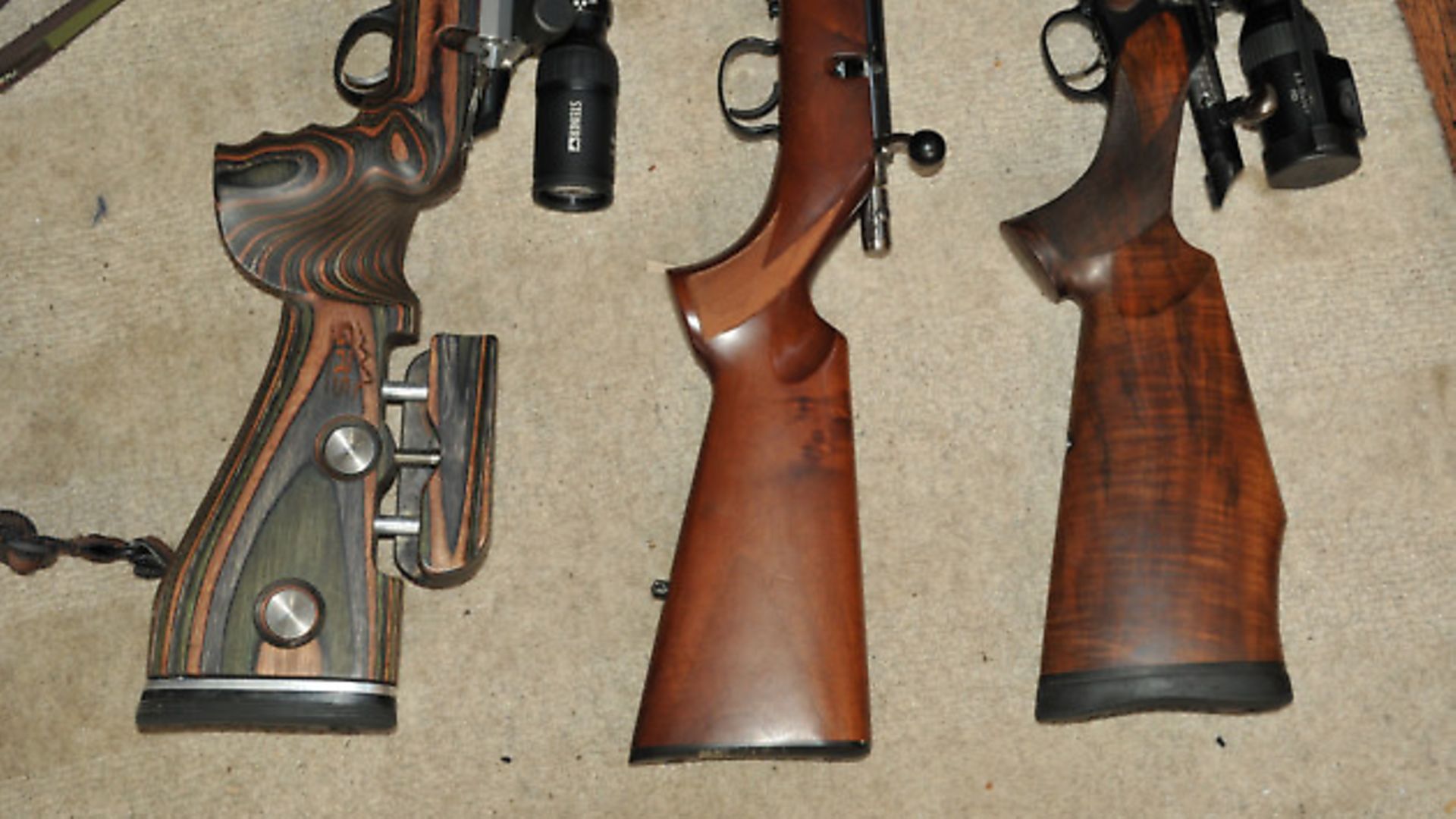 credit: Archant
credit: Archant
Shooting, notably in Europe, is based on tradition and is quite conservative in its ways. Sporting rifles have developed little since the 1900s in terms of the calibres used, traditional use of bolt-actions and the way we shoot and hunt.
The four pillars of rifle shooting remain the same:
1. The position must properly support the rifle
2. The rifle must point naturally at the target
3. The sight alignment must be correct at all times
4. The shot must be released without undue movement
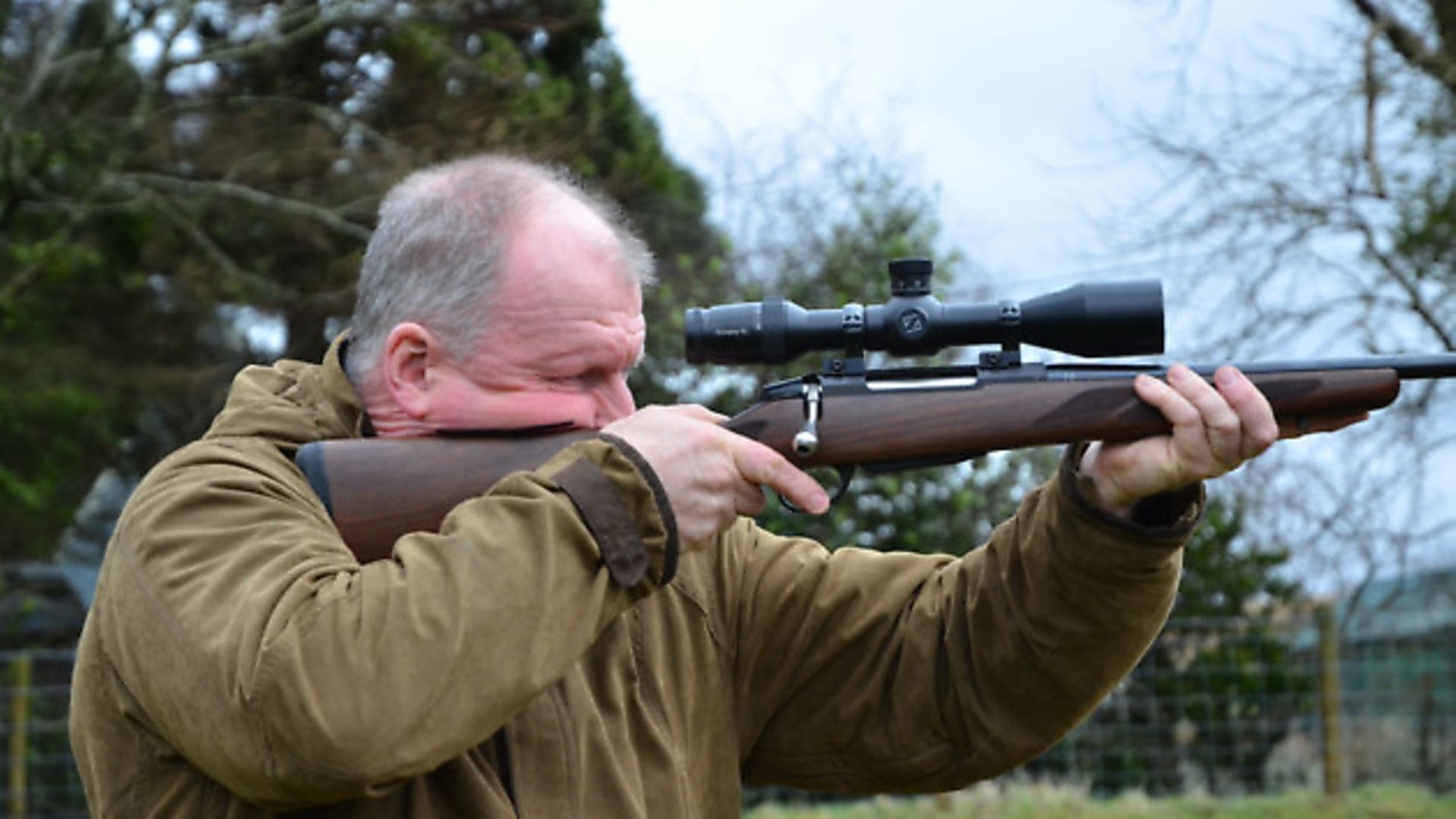 credit: Archant
credit: Archant
Historically, rifle shooting was carried out in the positions most suited to hunting and warfare, i.e. standing, kneeling, sitting and prone. But while optics have seen a lot of development, a hunter from 1910 would still feel familiar with a new Rigby or Tikka in 6.5x55 or .30-06 and a Zeiss Victory scope.
If you take a moment to consider how the same person would react if given a mobile phone, an iPad, or an SUV, you will appreciate how, in many ways, hunting has stood still.
Rifles are traditionally designed on the assumption the holder will need to use open sights. The rifle stock will generally be a 350mm or 360mm pull from the trigger to the centre of the butt plate, with a pistol grip for the trigger hand. On a modern shotgun, as with one from 1900, the height of the comb, relevant to the rib, would represent a drop of around 40mm at the comb and 50mm at the heel. On rifles fitted with open sights this might be 30mm and 40mm, to account for the additional height to the sight plane. This allows the shooter to mount quickly, set their cheek properly on the comb and acquire the relevant sight picture in a secure position for firing.
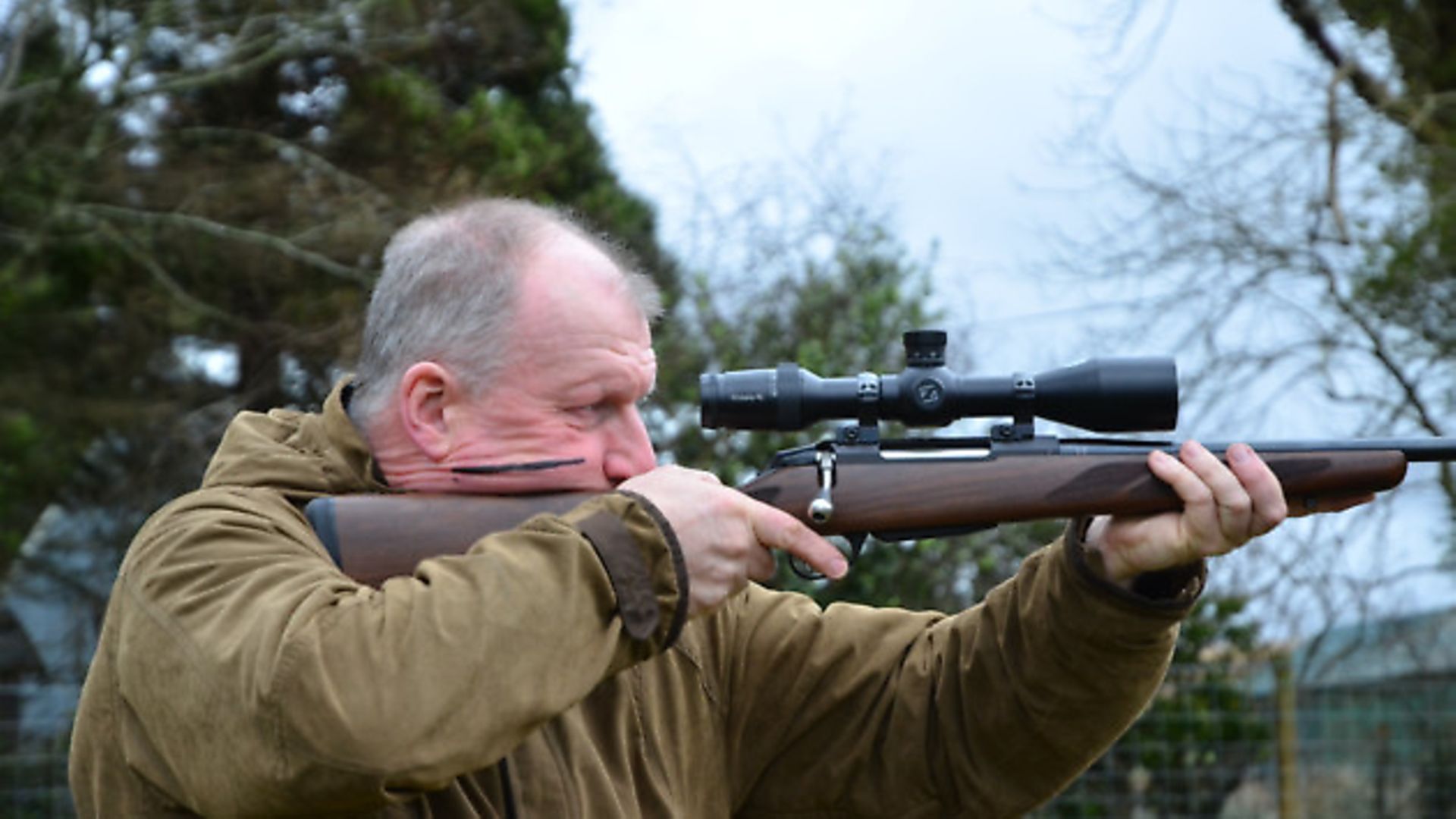 credit: Archant
credit: Archant
If we fit a telescopic sight, which began on hunting rifles in the mid-1900s, the cheek must be raised 20-40mm up off the comb to accommodate the new sight picture. This breaks the cheek weld – one of the four vital points of contact with the rifle (the others being the forehand, the pistol grip and the shoulder). If we break the cheek weld we have 25% less hold, 25% more wobble, and our perception of recoil is also increased, perhaps by more than 25%.
If you wish to test my theory, take a shotgun that fits you, check it is empty and mount it as if shooting clays a few times with your eyes closed. Open them the moment after taking your imaginary shot and see where and what you are looking at. Now do the same with your favourite hunting rifle. When you open your eyes, check to see if you are looking directly through the centre of the scope with no parallax issues. I expect you will be looking at the back of the action, well below the ocular lens.
Does rifle fit matter? If you are shooting from a bench using a bipod, a pile of sandbags, and you are fully supported, then yes it does matter, but you can get away with a poor gun fit and position because of the additional support.
When you are in a forest and a boar suddenly appears before you and you have two seconds to make the shot, rifle fit is vital. If you raise the rifle and it fits your shoulder and cheek while giving a precise alignment of the sights to the quarry, you can make the shot. The position is secure, sights correct, and recoil and follow-through accommodated.
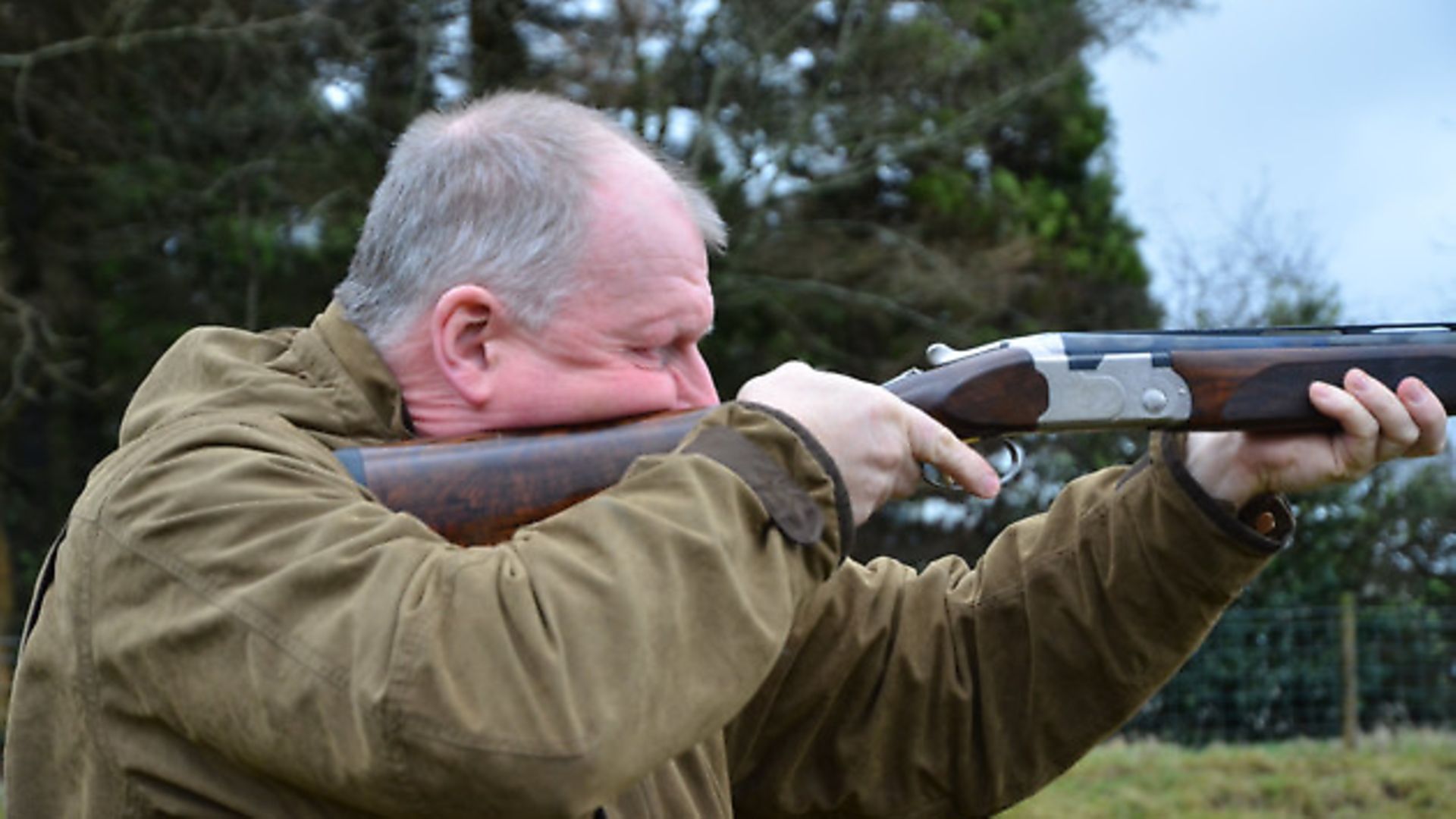 credit: Archant
credit: Archant
If you raise the rifle and your eye is looking into the back of the bolt, you have to raise your head from the stock, wobble about and try to acquire the target. Your two seconds will be gone before you find it. The position is compromised – cheek weld is missing and the position insecure, with recoil exaggerated and follow-through impossible.
This is especially notable, and even painful, when shooting larger calibre and more powerful rifles with heavy recoil.
I started by saying European hunters and gunmakers, excluding Blaser, are quite traditional. It is actually the same in most hunting countries. At WMS Firearms Training, we train hunters from many countries and it is common for our clients to have to lift their heads a little off the stock in most positions to acquire a proper picture through their telescopic sights.
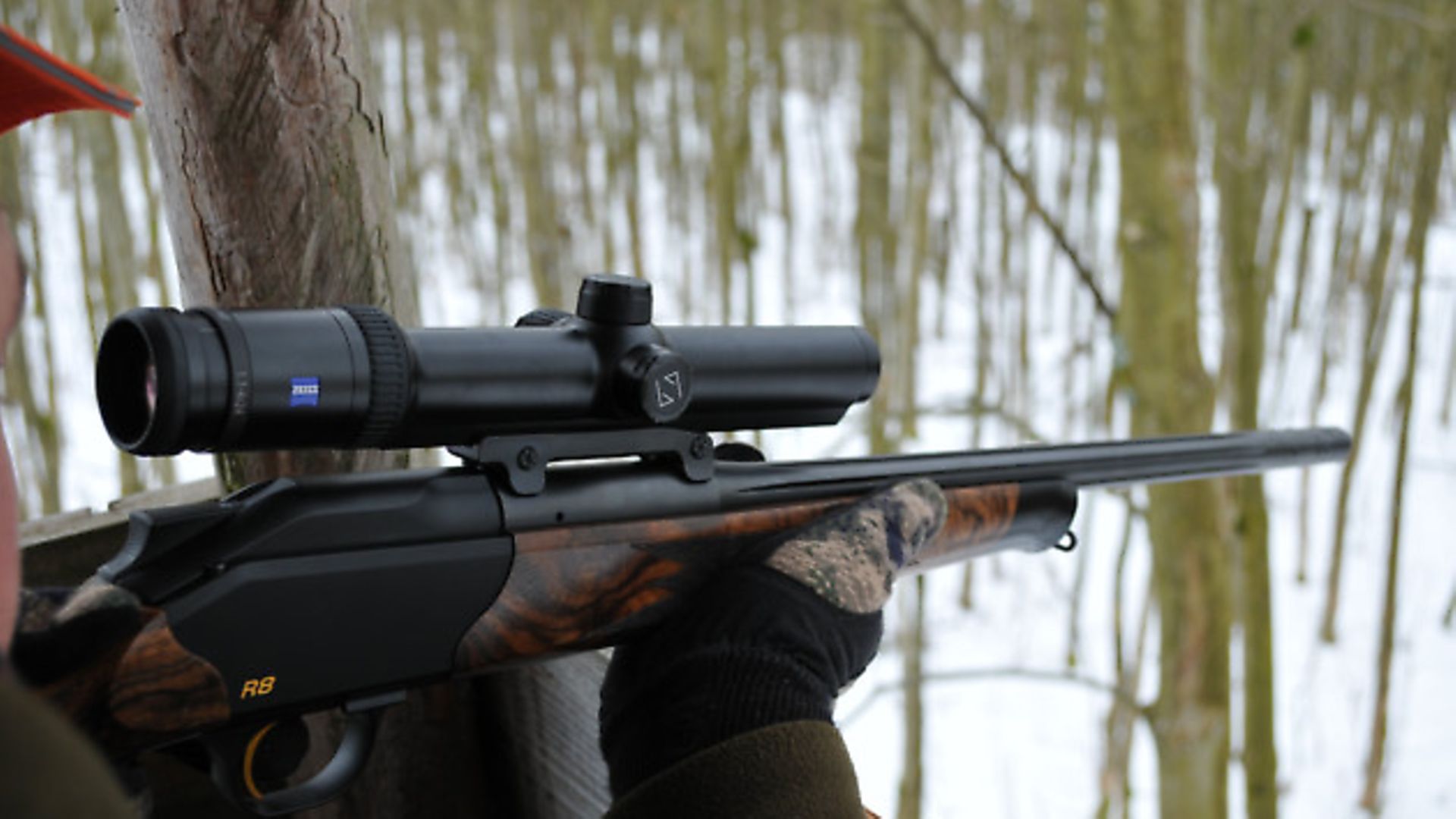 credit: Archant
credit: Archant
Why do manufacturers so often make sporting rifles that will go on to be fitted with telescopic sights, using stock dimensions for open sights? Because of tradition, I believe, and for no other reason.
The situation is actually worse for around 50% of the population, and an increasing number of sporting rifle shooters, women.
When you consider women’s faces, they generally have higher cheekbones and slimmer faces than most males. Being mostly of shorter and slighter frames than men, they will often find rifles heavy, long in the stock and low in the comb for the best shooting results. Recoil is exaggerated and the experience can be off-putting.
I was recently told that perhaps 20% of people applying for new hunting licences in Germany are women. This is something manufacturers should ignore at their peril. The good news is that a few manufacturers, such as Sauer, are starting to make rifles designed for women. These should, on average, have stocks perhaps 25-40mm shorter than the male equivalent and combs perhaps 15-20mm higher, which, remember, is already probably 20-30mm too low for hunting scopes and more for large target scopes.
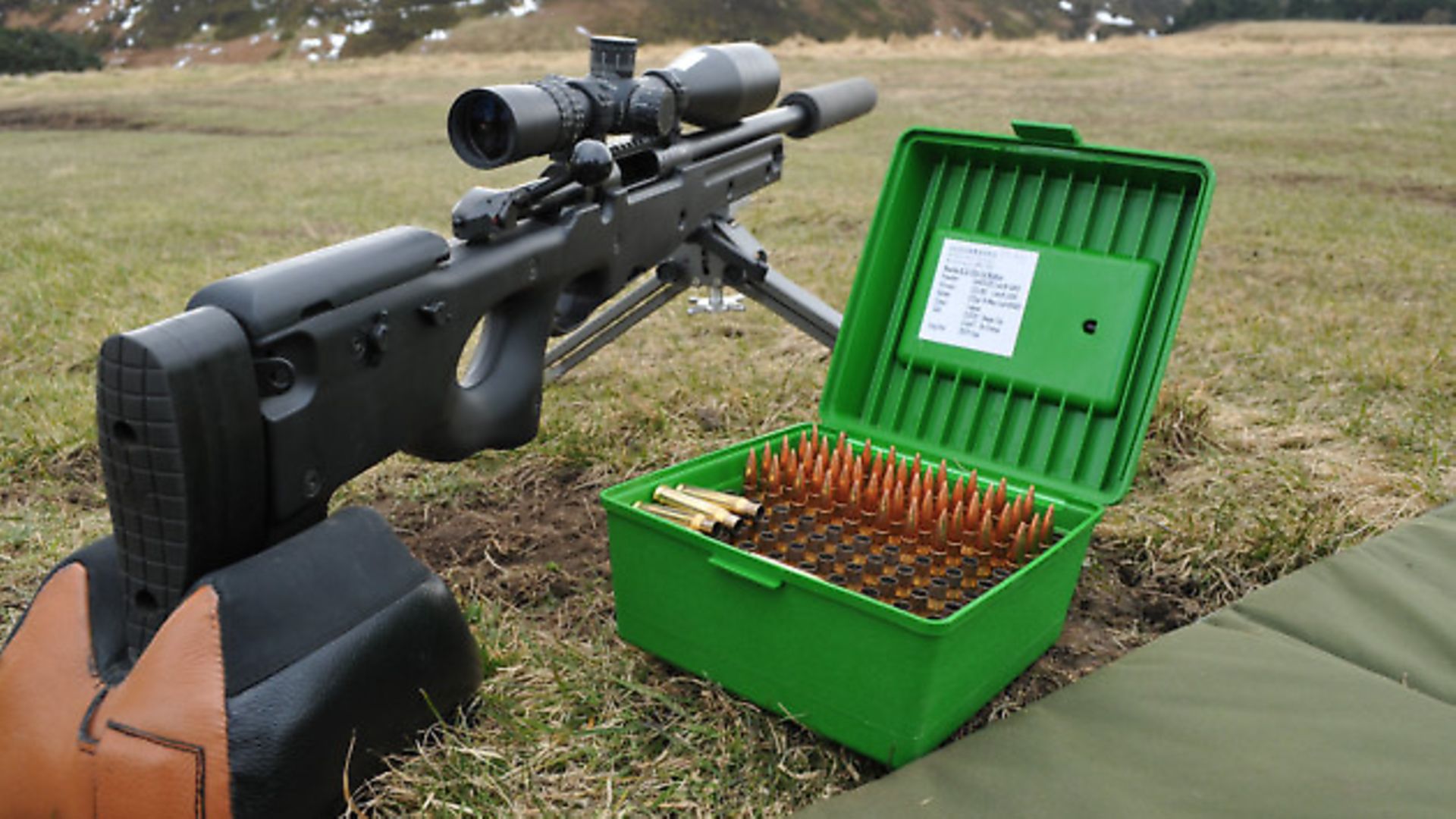 credit: Archant
credit: Archant
I personally shoot many makes of rifle, in more than 10 calibres, and guess what, apart from the ones with adjustable combs, they are all at least 20mm too low for best position and gun fit. I find myself lifting my cheek in all positions because if I mount shotgun style, I am looking into the bolt, not the sight.
Rifle fit is not as critical as shotgun fit for optimum effect, but it is important when sights have moved on and stock dimensions have remained largely frozen in time.
Many hunters might find they shoot driven boar better with open sights. This is not because open sights are better than a modern 1.5-6x30 wide-angle scope with a red dot, but because the open sights fit the stock dimensions and provide good fit for instinctive shooting.
If you make a rifle with an Aimpoint or a modern driven boar-style scope fit properly, you will shoot far better, with less alignment issues and a much improved sight picture.
Rifle shooting is ready for a revolution – there is a need for proper stock dimensions to suit both men and women who use modern telescopic sights and aiming devices. Why does it seem impossible to make a rifle that aligns the bore reasonably with the shoulder and the eye with the centre of a modern telescopic sight? Such a rifle, in a weight and calibre suitable for hunting, would transform the speed and accuracy with which most people shoot, to the benefit of both hunter and quarry.
If you try your own rifles and find they are too low, temporarily fitting some pieces of pipe insulation foam will allow you to experiment with comb height. I apologise in advance if your rifle has grade seven wood – the new effect will be excellent for shooting but horrible to look at. Once you know how high the comb should be, you can research a more elegant and permanent solution.
Bearing in mind that most rifles sold don’t even have open sights fitted, I think the rifle manufacturers who elegantly solve this issue will do well. We will certainly sing the praises of new rifles that fit properly ‘out of the box’, especially those in larger calibres.
___________________
You may also like:
Can one rifle fulfil all your hunting needs?
Long distance target shooting - wind effects and ballistics
Long distance target shooting part 2 - technology on the range